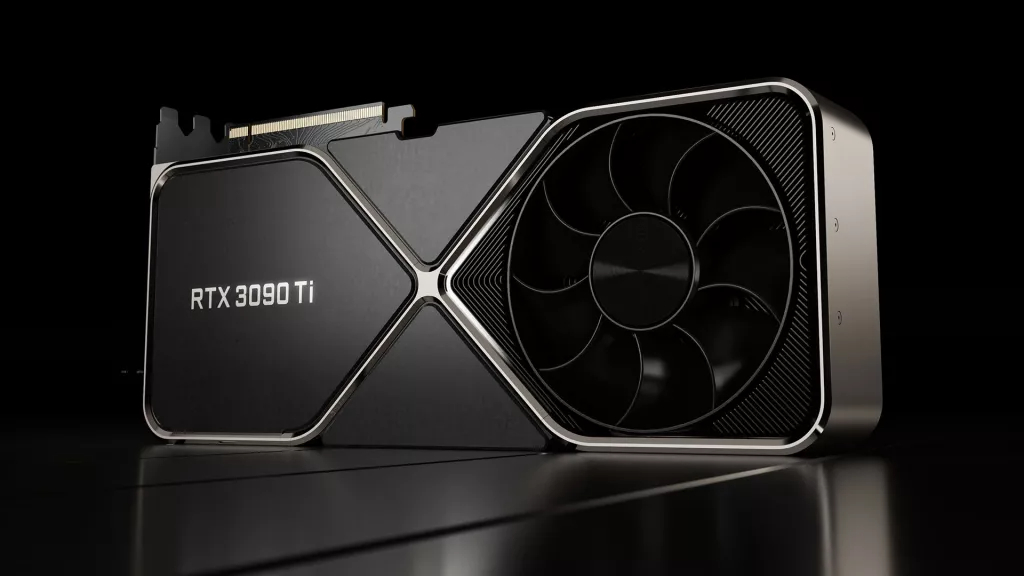What Is a GPU? A Basic Definition of Graphics Cards

GPU stands for graphics processing unit. You’ll also see GPUs commonly referred to as graphics cards or video cards. Every PC uses a GPU to render images, video and 2D or 3D animations for display. A GPU performs quick math calculations and frees up the CPU to do other things. Whereas a CPU uses a few cores focused on sequential serial processing, a GPU has thousands of smaller cores made for multi-tasking and is found in the best graphics cards for gaming.
There are two different types of GPUs:
- Integrated GPUs are located on a PC’s CPU and share memory with the CPU’s processor.
- Discrete GPUs live on their own card and have their own video memory (VRAM), so that the PC doesn’t have to use its RAM for graphics.
Bottom line: For best performance, opt for a discrete GPU.
Many graphics cards today run on GDDR SDRAM, which stands for graphics double data rate synchronous dynamic random access memory. Further variations, from worst to best performance, are: GDDR2, GDDR3, GDDR4, GDDR5, GDDR5X, GDDR6 and GDDR6X.
This article is part of the Tom's Hardware Glossary.
Further reading:
- Best Graphics Cards for Gaming
- GPU Performance Hierarchy: Video Cards Ranked from Fastest to Slowest
- Best GPUs for Crypto Mining
- Graphics: Reviews
Get Tom's Hardware's best news and in-depth reviews, straight to your inbox.

Scharon Harding has over a decade of experience reporting on technology with a special affinity for gaming peripherals (especially monitors), laptops, and virtual reality. Previously, she covered business technology, including hardware, software, cyber security, cloud, and other IT happenings, at Channelnomics, with bylines at CRN UK.